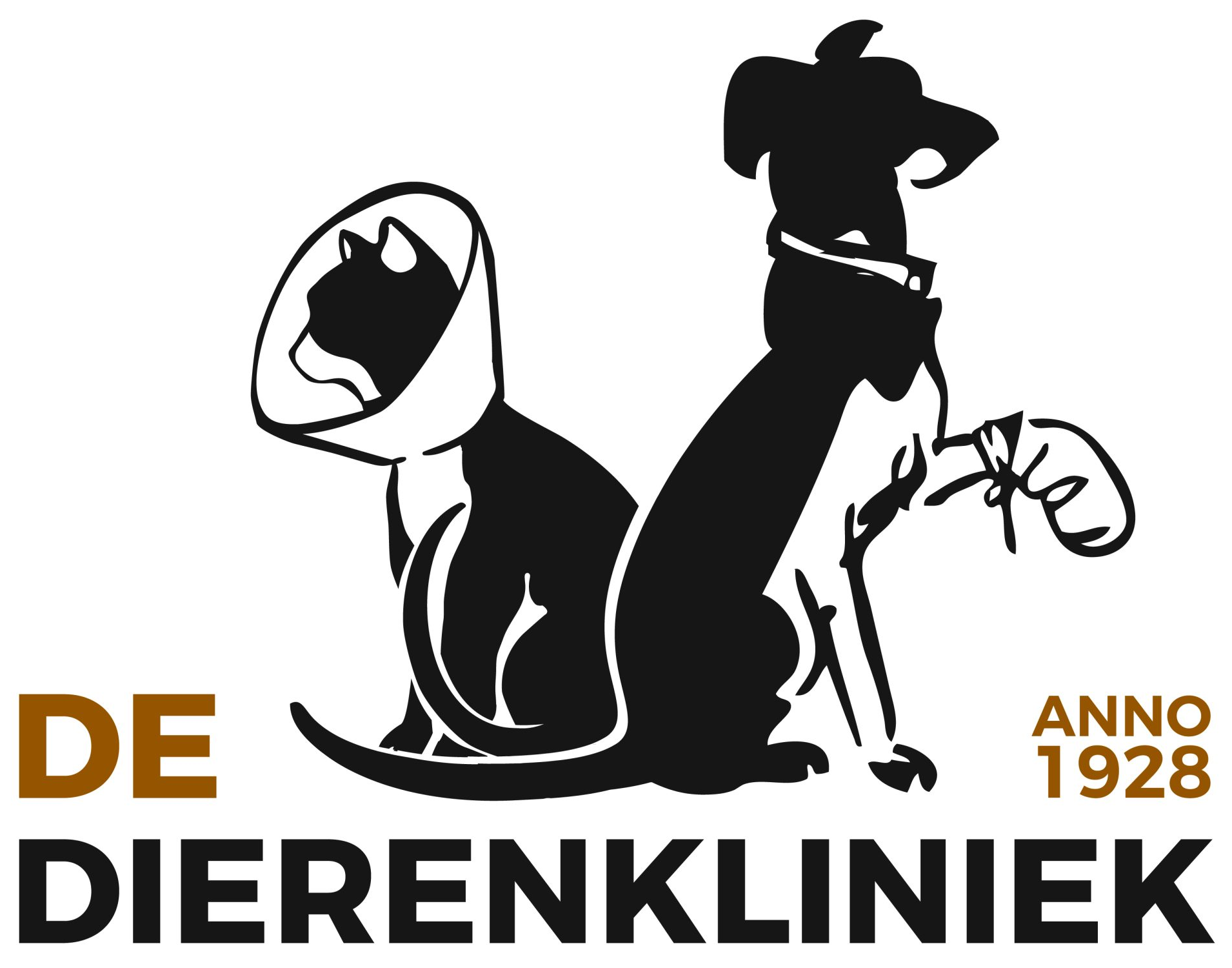PERFORMING endoscopy
Minimally invasive surgery has fortunately made its way into veterinary medicine. By looking into the nose, ear, lung, intestine, joint, abdomen or bladder with a camera and possibly performing operations or taking small bites of tissue, you reduce the need for major surgery and in many cases we can avoid having to cut. Surgeries are significantly less painful, recovery is faster and usually everything is much easier to see because we can magnify the image from the camera.
De Dierenkliniek has extensive capabilities for doing various endoscopic surgeries.
| Rhinoscopy and Otoscopy | Examination of the nose or ear |
| Endoscopy | Gastrointestinal examination |
| Laparoscopy | Examination of the abdominal cavity |
| Cystoscopy | Examination of the inside of the bladder (for complaints of bladder, and urinary tract) |
| Bronchoscopy | Examination of the lungs |
| Arthroscopy | Examination of joints |
Of the first three studies, we provide more explanation and information below.
Rhinoscopy and Otoscopy
If your pet has a chronic nose, or ear infection, or the veterinarian suspects him or her of a foreign object (for example, a blade of grass in cats) or mass, we can use a very small flexible camera to see if we can find something. If it is possible, we then remove it immediately with small forceps. If removal is not possible, we take biopsies. Even if animals have chronic nasal discharge or a stuffy nose, we can diagnose them this way.Y our pet must be under anesthesia to undergo this treatment.
Endoscopy
With chronic gastrointestinal problems (e.g., lots of vomiting or diarrhea), we may want to take a look at the stomach and intestines from the inside to see what’s going on there. You can then get a good picture of exactly where the problems are and take small bites of the intestinal wall that the pathologist can then examine. This way we can make a correct diagnosis and set the corresponding treatment for it.
Sometimes an animal has swallowed something it would have been better off leaving behind. If that strange object is still in the stomach, it is often possible to catch it with the help of the camera and thereby prevent the animal from needing surgery.
How does a gastrointestinal examination in a cat or dog work?
Your pet is put under anesthesia and a flexible camera is inserted through the mouth. This camera is used to view first the esophagus, then the stomach and finally the first part of the small intestine. Depending on the symptoms, we may also insert the camera through the anus to view the colon.
Your pet must of course be anesthetized for an endoscopy and in order to get a good picture, the intestines must be empty. We therefore recommend that your pet not be given any food 24 hours before the scheduled examination. Drinking is allowed up to 1 hour before the scheduled examination.
Laparoscopy
There are many indications to look into the abdominal cavity laparoscopically. The abdomen is inflated with CO2 (carbon dioxide) which creates a lot of space and then you can use a camera to beautifully visualize all the organs. If necessary, biopsies can also be taken. Your pet will then have only 2 small holes of 5 to 12mm in the abdominal wall and will recover quickly.
One of the applications we see a lot in veterinary medicine is laparoscopic sterilization in female dogs. Because of the shorter operation time, the small wounds and because it is significantly less painful, we recommend sterilization this way. The traditional way of course also works out fine but if we have the choice, this method is our preference.
Neutering males with testicles still in the abdomen (cryptorch) can be quite difficult the traditional way. Using a camera, it is often much easier to find the testicles and then remove them through a small incision. This in turn ensures faster recovery for your dog.
Referral for laparoscopy
If your own veterinarian does not offer this method, you can of course have it done with us. We will inform your veterinarian with a comprehensive surgery report. After that, your dog will continue to be treated by your regular veterinarian.
If you have any questions, please don’t hesitate to contact us.
Also interesting
No time to call?
You can also ask all your questions by Whatsapp – it’s quick and easy!

